Hindi language: India and Globally
Hindi, which is one of the main languages of the Indian heartland, belongs to the Indo-Aryan branch of the Indo-European language family.
In India, Hindi is the most spoken language (43.63% of India’s population) of the 22 languages mentioned in the 8th Schedule of the Indian Constitution.
Whereas, globally it is the fourth most spoken language after Chinese, Spanish and English. According to the 2001 Indian Census, Hindi has 422,048,642 speakers, including speakers of various dialects and accents under Hindi.
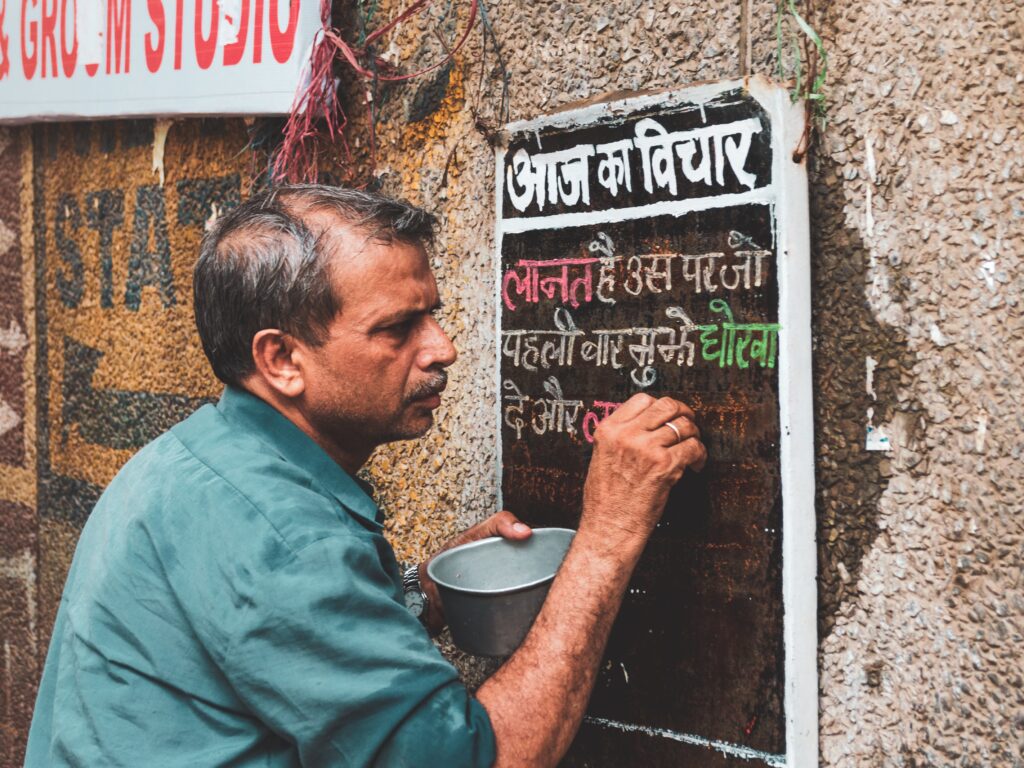
Picture Credits@ Akshat Vats
Furthermore, Hindi grew by 25% between 2001 and 2011, adding nearly 100 million new speakers and is the only language with more native speakers this decade among India’s ten most significant languages.
While historically, adopting Hindi as the official language of the Union of India took place on 14th September 1949. In 1950, a proclamation was made in the Indian Constitution about Devanagari Script as the official language of India. In addition to Hindi, English also has recognition as the official language of India.
Globally and in India, most people are under the impression that Hindi is the country’s national language, but that is not the scenario.
Thus, many people cannot comprehend the debate concerning Hindi as the national language; therefore, it becomes essential to understand the difference between a national and official language.
Difference between National Language and Official Language
A ‘National Language’ is a language that the people of a nation are highly familiar with and that describes the country’s culture, tradition, and history. On the other hand, using an ‘Official Language’ implies that it is for official purposes by the legislature, judiciary, and administration.

Picture Credits@ Leonardo Toshiro
As a result of this interpretation, a country may have numerous “official languages but only one national language as its national language”*- President Rajendra Prasad, while underlining the criticality of the debate for National Language Provision.
For example, Uttar Pradesh (one of the provinces in India) declares Hindi and Urdu as their official language. In contrast, the state of Kerala says Malayalam and English as their official language.
However, there can only be one national language is the argument that is at the forefront, which makes things tricky. We know that India is a multilingual country. Therefore, many citizens will be perceiving the declaration of Hindi as a national language, against the interests of regions where the inhabitants do not speak Hindi and a threat to their cultural integrity.
History of Hindi during the British Rule
As the lingua franca of the country, the role of Hindi has an essential meaning and importance for the freedom struggle. Accordingly, the East India Company established the Hindustani Department at Fort William College.
The focus of this new department was on teaching the Hindi language to the officers and employees of the Company. In 1807, underlining the importance of Hindi, Charles Theophilus Metcalfe wrote, “As a person going to England should learn English instead of Latin Saxon or French, In the same way, the one who comes to India Should learn Hindustani instead of Persian & Sanskrit.
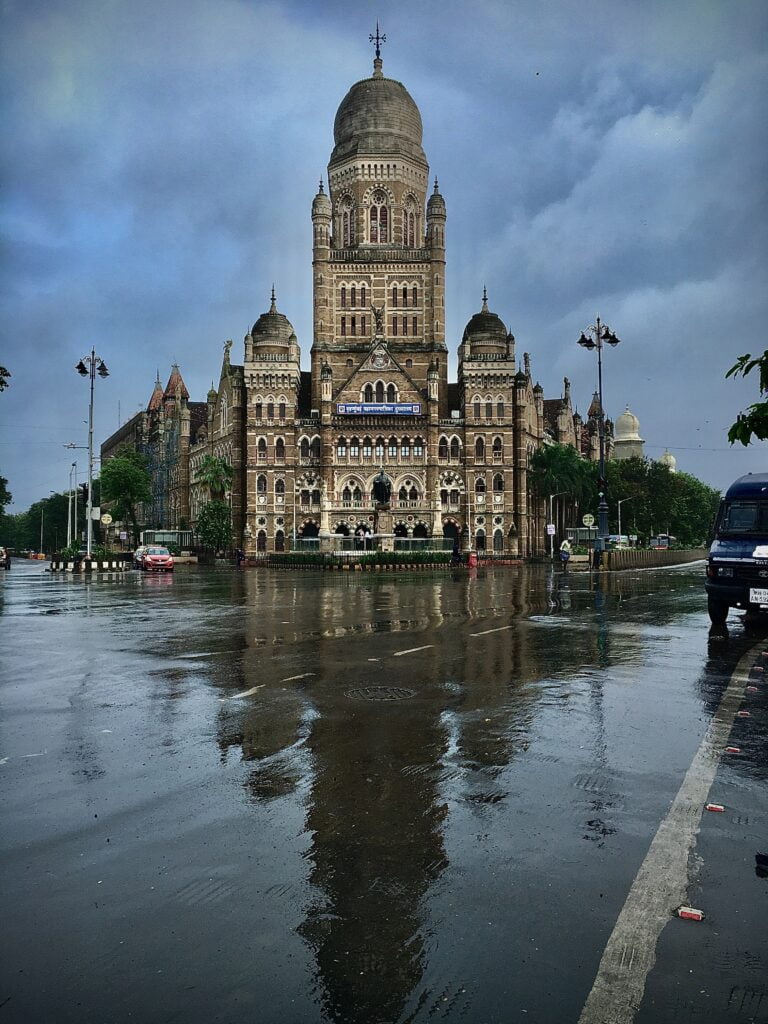
Picture Credits@ Satyajit Mazumdar
Considering Hindi as the national language necessary for the nation, Mahatma Gandhi said that a country without a national language is dumb. In his first speech at Hindi Sahitya Sammelan, Indore, he further states:
“I have often said that Hindi is that language spoken in the North by both Hindus and Muslims and written either in the Nagari or the Persian script. This Hindi is neither too Sanskritized nor too Persianized. The sweetness which I find in the village Hindi is found neither in the speech of Muslims of Lucknow nor in that of the Hindu pandits of Prayag. The language which is easily understood by the masses is the best. All can easily follow the village Hindi.”
Later on, deciding in its 1925 Karachi session, The Indian National Congress said that “Hindustani”, the famous, undifferentiated blend of Hindi and Urdu, should be the lingua franca of the independent nation, and from now on, Congress will carry out their work in Hindi on a general basis. Therefore, in 1900, amidst the attainment of independence, there was a broad acceptance of Hindi as the national language.
Other observations on Hindi
On observing, R V Dhulekhar, A.R Shastri, Seth Govind Das, in their speech during the constituent assembly debates, states while proposing the amendment, that all writers in Hindi, from Ramdas to Tulsidas, and from Swami Dayanand to the Mahatma, all argue forcefully that:
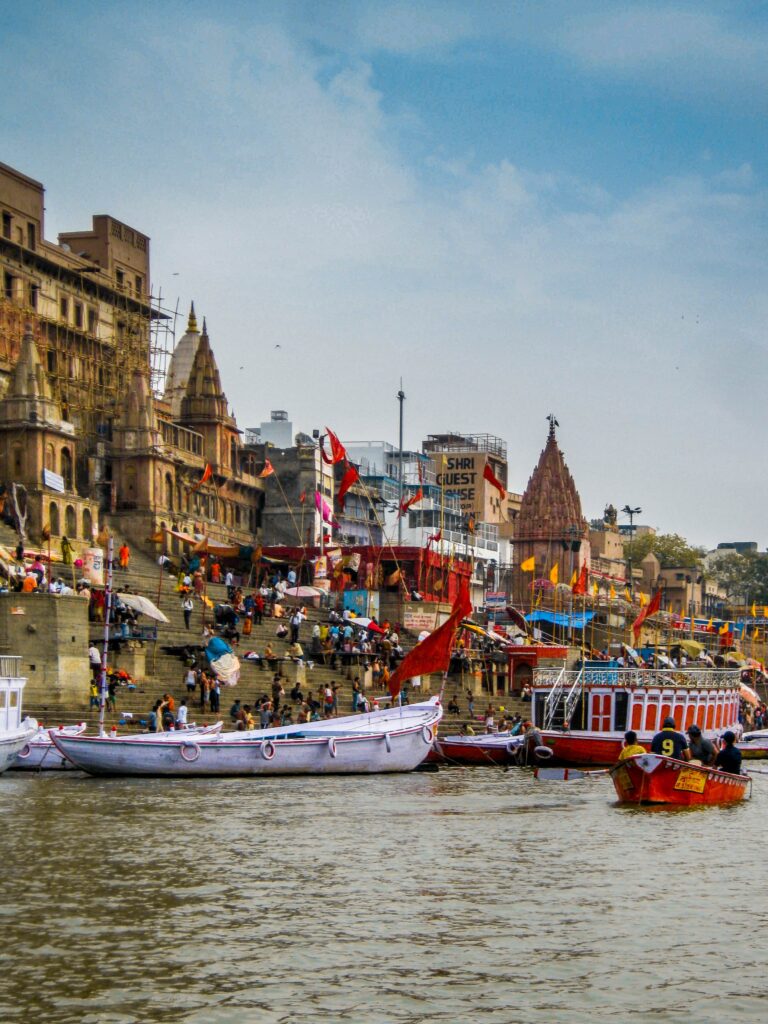
Picture Credits@ Srivatsan Balaji
“You may belong to another nation, but I belong to the Indian nation, the Hindi Nation, the Hindu Nation, the Hindustani Nation.” He further mentions, “I am not sure why you say it is not the official language of the country; I dread the prospect of our universities, schools, colleges, and scientists having to continue to operate in English even after achieving Swaraj… What would Lord Macaulay’s spirit say? He will laugh at us and say things like, ‘Old Johnnie Walker is still going strong.”
While Algu Rai Shastri opines that Sanskrit is without a doubt the mother of all Indian languages, and “only its eldest and seniormost daughter (Hindi) may currently be worth considering as the national language.”
However, the journey of Hindi as the official language of the Union of India had its genesis with the adoption of Devanagari Script and English as the country’s official language under Article 343 (1) by the Constituent Assembly. Initially, granting English the official language status for only 15 years since the adoption of the Constitution.
Why is there a controversy surrounding the Hindi language?
The government of India schemed that during these 15 years, they would promote Hindi for official purposes and in the educational sector to replace English with Hindi eventually. However, the imposition of Hindi got contested in many non-Hindi states, especially in the southern state of Tamil Nadu.
Prompting to the eruption of violent protests in south India, the then Prime Minister Jawaharlal Nehru passed the Official Languages Act in 1963, which ensured the continued use of English alongside Hindi as the official language of the Union of India. However, the anti-Hindu protests of 1965 marked a significant turning point in India’s official language policy.

picture Credits@ Nikunj gupta
In 1967, an amendment was made to the Official Languages Act to provide an “unlimited virtual bilingual policy” for all official purposes of the Union. Due to the linguistic diversity of India, there is no national language. As a result, all states are free to choose their official languages.
India is the 7th largest nation globally, boasting a vast geographical area and diverse culture with many dialects comprising people of different origins, religions, communities, groups, cuisines, cultures. However, according to the 2011 census, Hindi is less than 44% of Indians.
Moreover, it is the native language of only about 25% of the population of India. As a result, choosing the national language for India was difficult and often became the subject of heated and bitter debate. In a multilingual country like India, the ruling government sometimes declared Hindi as the national language of India to gain a political edge.
For instance, in 2017, the verdict government tried to change Hindi to the language of the United Nations (UN). In 2020, a fierce debate arose from the draft National Education Policy 2020, initiated by Prime Minister Narendra Modi.
Language Provisions in the Indian Constitution

The Constitution emphasises the progressive use of Hindi for all official purposes (Article 344), the language of the Constitutional Courts (i.e. Supreme Court and High Courts), the wording of any legislative text in the Union/state (Article 348).
In contrast, the language of communication between the two states or the state and the Union shall be English (section 345). The Union government must use English and Hindi for its official purposes. Moreover, the state government has the right to choose one or more of the state’s official languages.
The 8th Schedule of the Constitution recognises several regional languages spoken in India. States can choose the languages listed in the Appendix as their official languages. In addition, the Constitution does not say anything about national languages.

It grants the freedom to choose any religious language and mentions it in the Eighth Schedule of the Constitution, including 22 regional languages.
Article 343 of the Constitution states that Hindi, written in the Devanagari script, is the official language of the government of India, along with English. However, since the Constitution is silent about the national language, the burden of interpretation lies on the court.
Continued confusion: Opposing arguments and case laws
This discussion has two opposing arguments: the unity argument and the minorities argument. While the proponents of Hindi believe that having a national language would unite the country, their opponents argue that enforcing Hindi would harm non-Hindi speakers. Similarly, the Indian courts have also taken different views regarding this question.
The High Court of Judicature at Allahabad in Sunil K.R. Sahasrabudhey v. Director LIT., Kanpur[1], Calcutta in West Bengal Board of Secondary Association v. Siliguri high school[2] and Madhya Pradesh in Raghavendra Prasad v. Union Bank of India[3] surprisingly point out that Hindi is the national language of India in their judgements. However, these are just the court’s remarks; they are not binding without a formal binding declaration.
On the other hand, the High Courts of Andhra Pradesh in Ajai Kumar Roy vs The Union Of India And Ors [4]and Patna High Court in Jayakant Mishra v. the State of Bihar [5] favours the minorities argument.
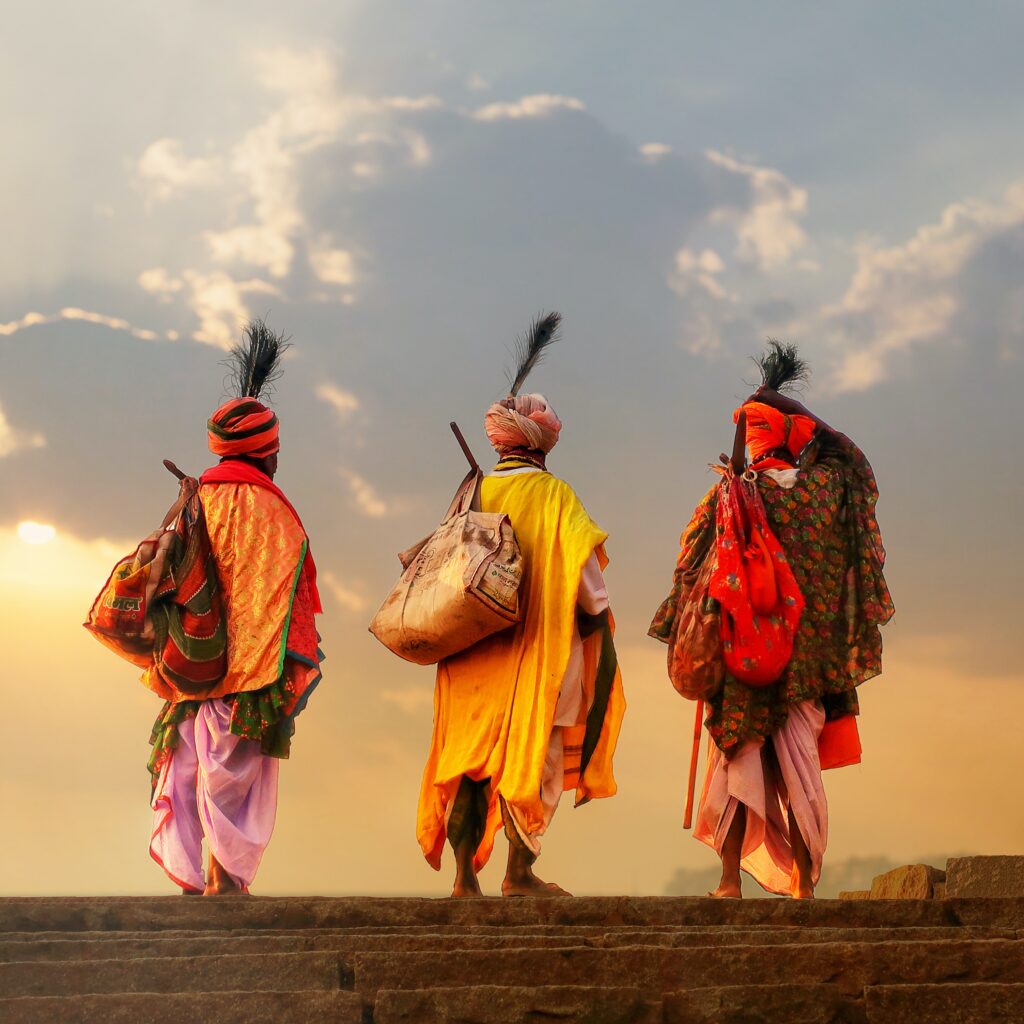
Picture Credits@ Adrian Ra
For instance, Justice Ravi S. Dhavan, while delivering Judgment in the case of Jayakant Mishra Vs State of Bihar, said.
“Asserting the hegemony of Hindi and being belligerently pushing it under a misconception that it is the national language (rashtra bhasha) so ordained by the Constitution of India is the biggest misunderstanding and one solitary factor which contributes to discord with people of the nation where Hindi is not spoken.” Further, he added, “A person who does not speak Hindi is no less a nationalist than any other citizen who comes from a Hindi speaking state; the Constitution of India balances with a sense of sensitivity and equality amongst the people to give due respect to the ethnic identity of the peoples, their language and their culture and speaks of the composite culture of the nation.”
Conclusion
Seventy-five years since Indian independence, we are yet to declare a national language and curb the usage of English, undertaking a smooth transition from English to Hindi as per the original ideas of the Constitution.
Debates surrounding the declaration of Hindi as the national language present legitimate questions that require answering, considering India’s multilingual diversity and heritage devoid of any political agenda.
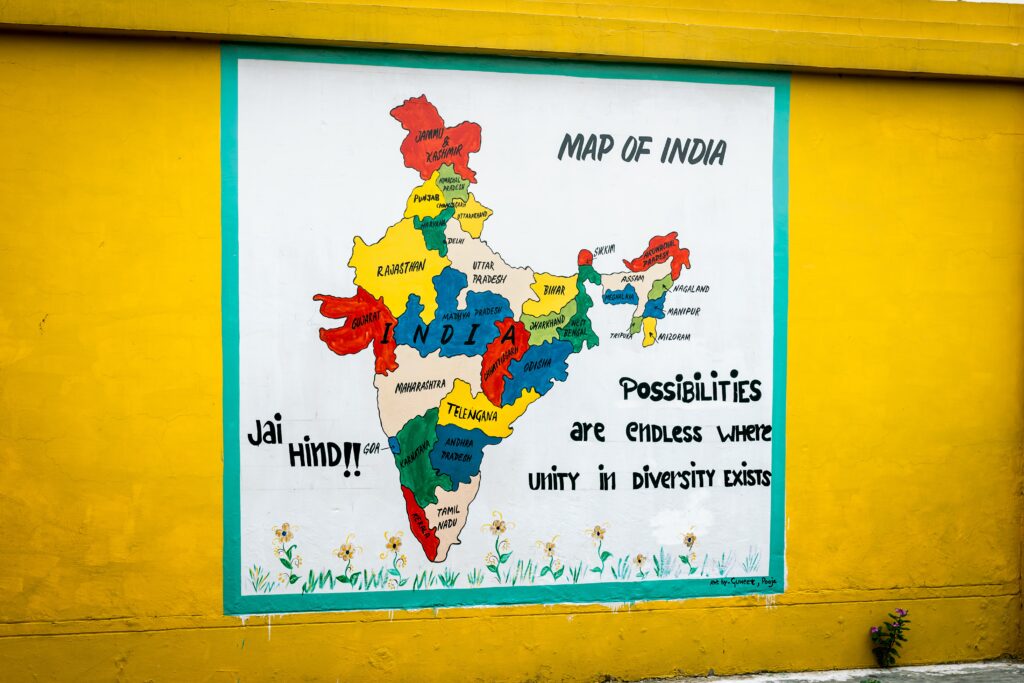
Picture Credits@ Gayatri Malhotra
Thus, the Indian government needs to ensure that declaring Hindi as the national language meets the objectives without compromising this nation’s unity.
According to various databases, Hindi is the 3rd most spoken language globally, even above Spanish, with 600 million speakers. Nevertheless, it lacks the recognition and enthusiasm by the people worldwide when learning new language skills.
Way Forward
Therefore, the Indian government should take active steps to promote Hindi. Implementing mandatory language requirements and free Hindi learning courses for incoming international students like Germany and Japan and even corporate personnel can be effective.
Government can also introduce language scholarships and fellowships for higher education in Hindi, attracting talent across the globe and leveraging its cultural heritage for its promotion, as we have seen in Mandarin and Spanish.
There is no denying that the recognition and development of Hindi as one of the global languages has long been due, considering the growing influence of India today as the worldwide leader and economic prowess. However, hosting Hindi conferences in remote nations and celebrating Hindi Diwas once a year will not do much.

Picture Credits@ Abhinav Srivastav
What is required is a proactive intervention by the government through its policies promoting Hindi globally as an integral part of India and its people. Moreover, we shed away our fascination for and the elitism with the English language and its speakers.
Every language around the world is interesting, challenging and beautiful, and so is the Hindi language, which rightly deserves the recognition and respect of its speakers to grow and develop.
Know about the constitutional provisions on language here.
Learn more about Hindi here
Read more about the culture here.
[1] AIR 1982 Allahabad 398
[2] 2004 (1) CHN 571)
[3](1998) IILLJ 1135 MP
[4] 2003 CriLJ 3999)
[5] 2002 SCC Online Pat. 991
By Kunal Kumar

Kunal Kumar is the Co-Founder of the international prism. He was previously associated as content curator for Lawviapods & is now the editor in chief of the column on Exploring Life in the international prism.
He did his graduation from Dr. Ram Manohar Lohiya National Law University, Lucknow. In addition to being a fitness fanatic, he is also passionate about swimming, trading in Index options, Futures& Equity Derivatives.
He can be reached at kunal@theinternationalprism.com

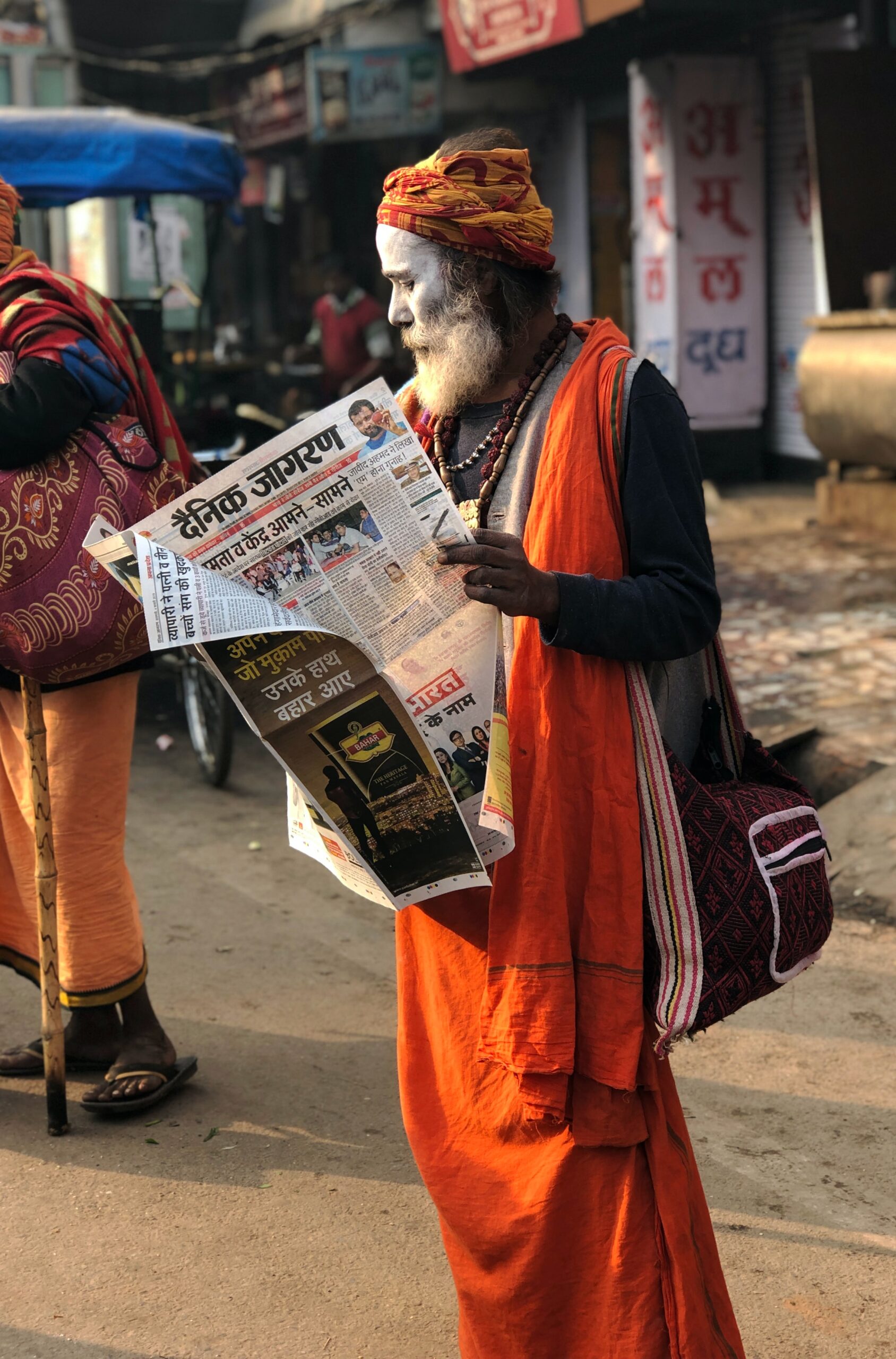





[…] Read another interesting article on Understanding the modern history of the Hindi language! […]